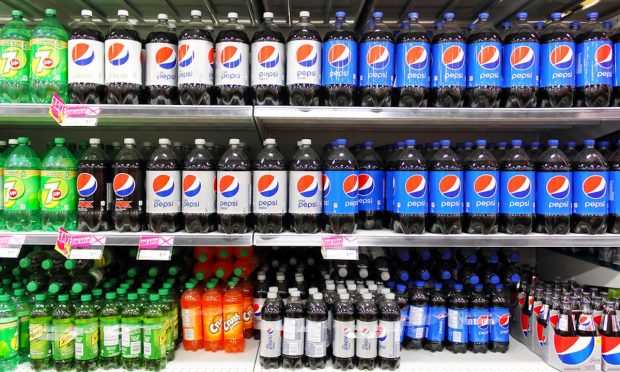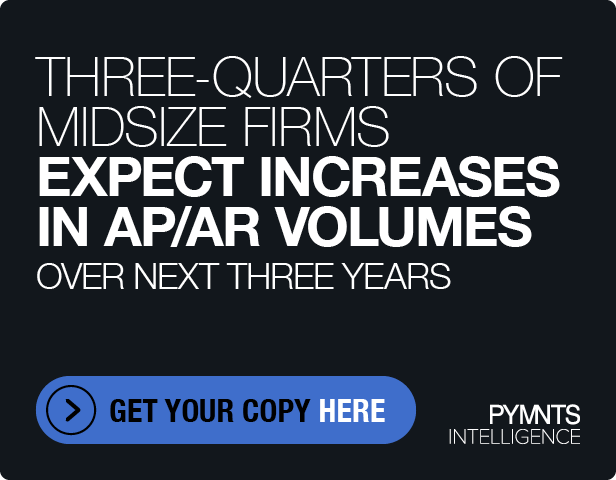Emotional Attachment to Brands Outweighs Price Concerns, Says PepsiCo CEO

As businesses continue to struggle against supply chain and labor shortages, the growth of PepsiCo’s food and beverage categories has outpaced the market as a whole, even as the brand has raised prices to accommodate these challenges.
In the third quarter of 2021, the consumer packaged goods (CPG) giant PepsiCo saw its net revenue rise 12% year over year, the company announced on Tuesday (Oct. 5). Chairman and CEO Ramon Laguarta attributes this sales strength in the face of recent price increases to a trend among consumers of decreased elasticity.
“Across the world, consumers seem to be looking at pricing a little bit differently than before,” Laguarta told analysts on a call. “Consumers are shopping faster in-store, and they might be paying less attention to pricing as a decision factor, and there might be even more relevance to the brands that they feel closer to and more emotionally attached to.”
Sure enough, PYMNTS research finds that the bulk of food and beverage (F&B) CPG purchases are made in stores. Research from the June 2020 survey of over 2,100 U.S. consumers published in the report “D2C and the New Brand Loyalty Opportunity,” created in collaboration with Sticky.io, found that 84% of consumers purchased F&B products at physical stores, while only 15% purchased them online.
See Also: Six Reasons More Consumers Are Buying Direct From Brands
Contrary to Laguarta’s argument, however, a May study from advertising company Blis and research company WBR, which surveyed 100 North American CPG retail leaders, found that more than half (52%) believed consumers would prioritize low prices over brands, and 59% had seen brand loyalty decline. As such, it remains to be seen whether PepsiCo’s strength will hold in the face of more price increases to come.
As the company’s CFO Hugh Johnston told analysts, “Some of that pricing [increase] occurred in the summer. Much more of that is occurring in the fall in the beverage business, and … all of it for 2021 in the snack food business is occurring … during these weeks right now.”
Per the most recent U.S. Department of Agriculture (USDA) Economic Research Service (ERS) data, the all-items Consumer Price Index (CPI) grew 0.2% between July and August, restaurant prices grew at twice that rate (0.4%), and food-at-home prices grew 50% more than the overall CPI at 0.3%. Compared to 2020, however, food inflation has been slower than economy-wide inflation. In August, the CPI increased 5.3% year over year, with restaurant prices up 4.7% in that period and grocery prices up 3%.
PepsiCo did not specify quantities for the recent or upcoming price increases, so it is unclear how these compare to overall industry-wide trends.
Following up on his comments after the company’s second-quarter earnings announcement, in which Laguarta highlighted the company’s continued strength in at-home sales, he noted that both at-home and away-from-home channels are performing well.
More details: Pepsi Says Shift to eCommerce, At-Home and Health Is Permanent
“Our convenience store business continues to do very well as consumers are having higher mobility, but the remarkable thing is that in-home consumption continues to be quite high,” said Laguarta. “We’re in a very good place where consumption at home is high, consumption on the go is increasing, and most of the channels in our food service business are picking up.”
